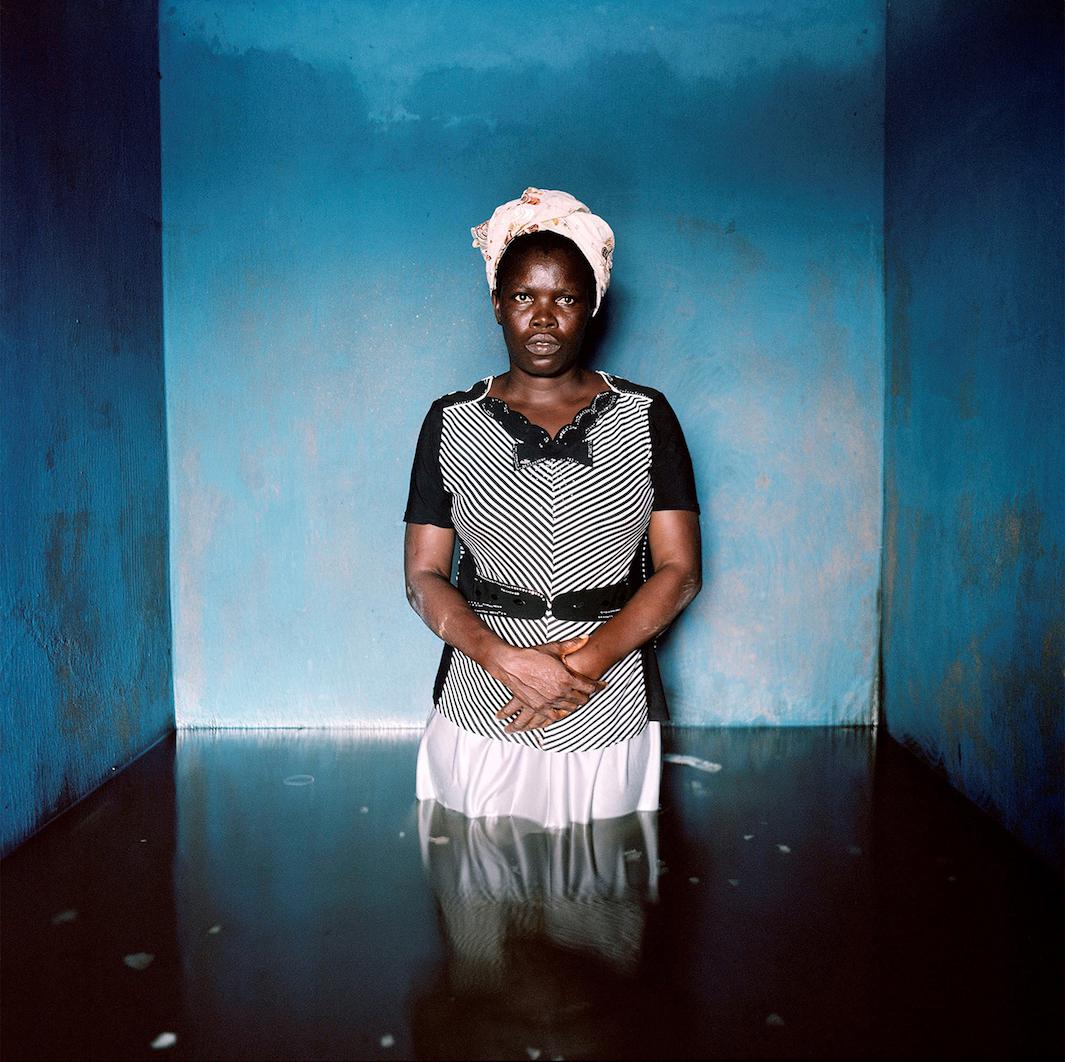On an ever-warming planet, climate science indicates, expect to see more rainfall and more flooding. Moreover, expect to see more expressions like the ones worn by the solemn and quietly devastated people in Gideon Mendel’s photographs from flood zones around the world.
Mendel started his series “Submerged Portraits” in June 2007, when he photographed floods in the U.K. that put much of Yorkshire, Gloucestershire, and the Midlands underwater. That August, he also photographed monsoon floods in northern India and Bangladesh. At the time, he’d been looking for a way to address climate change in his work. In the sight of individuals wading through floodwaters in their wrecked homes, he found a visual that seemed to address the universal implications of a global phenomenon.
“There’s a shared vulnerability I seem to see across the world. There’s something quite unifying about floods,’ he said.
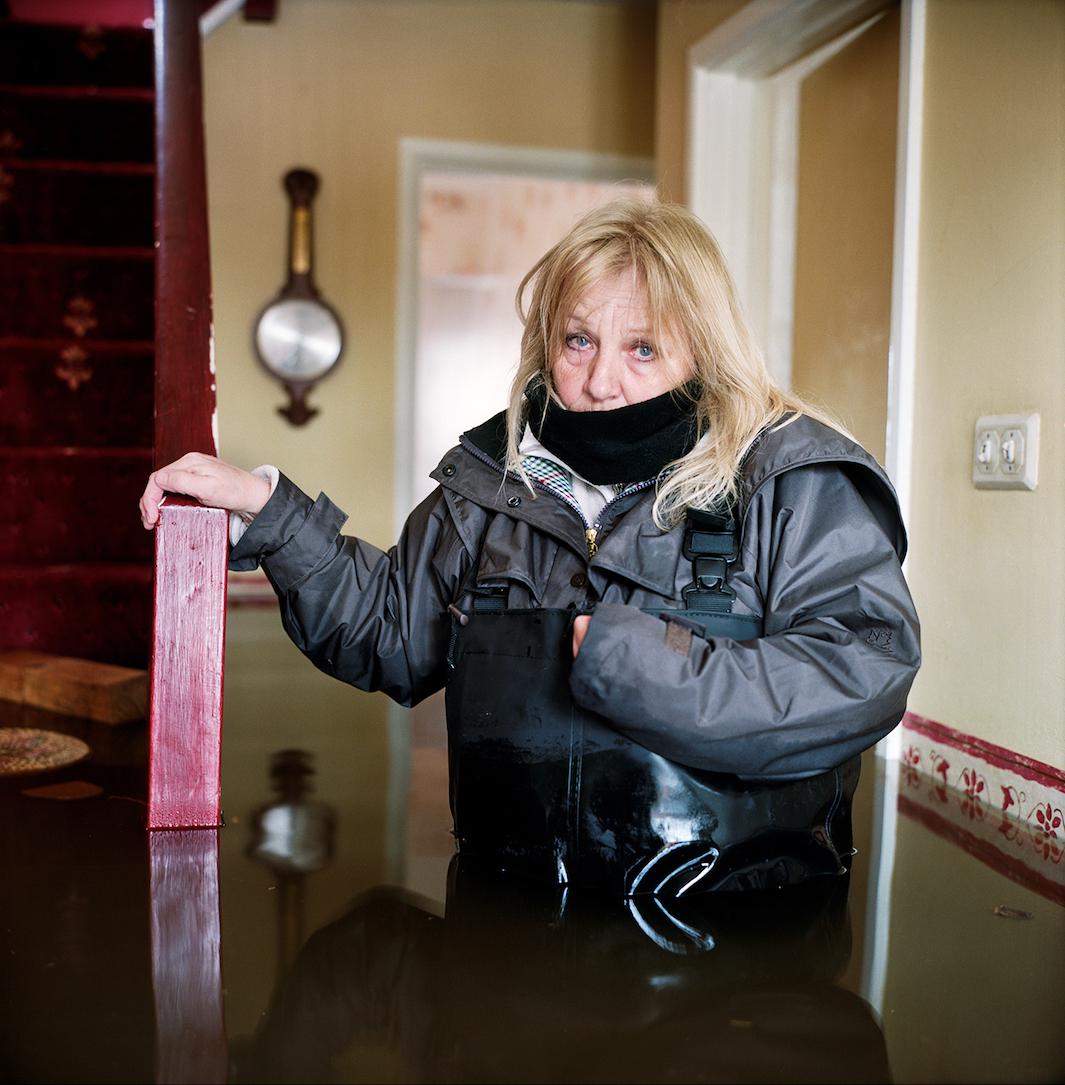
Courtesy of Gideon Mendel

Courtesy of Gideon Mendel
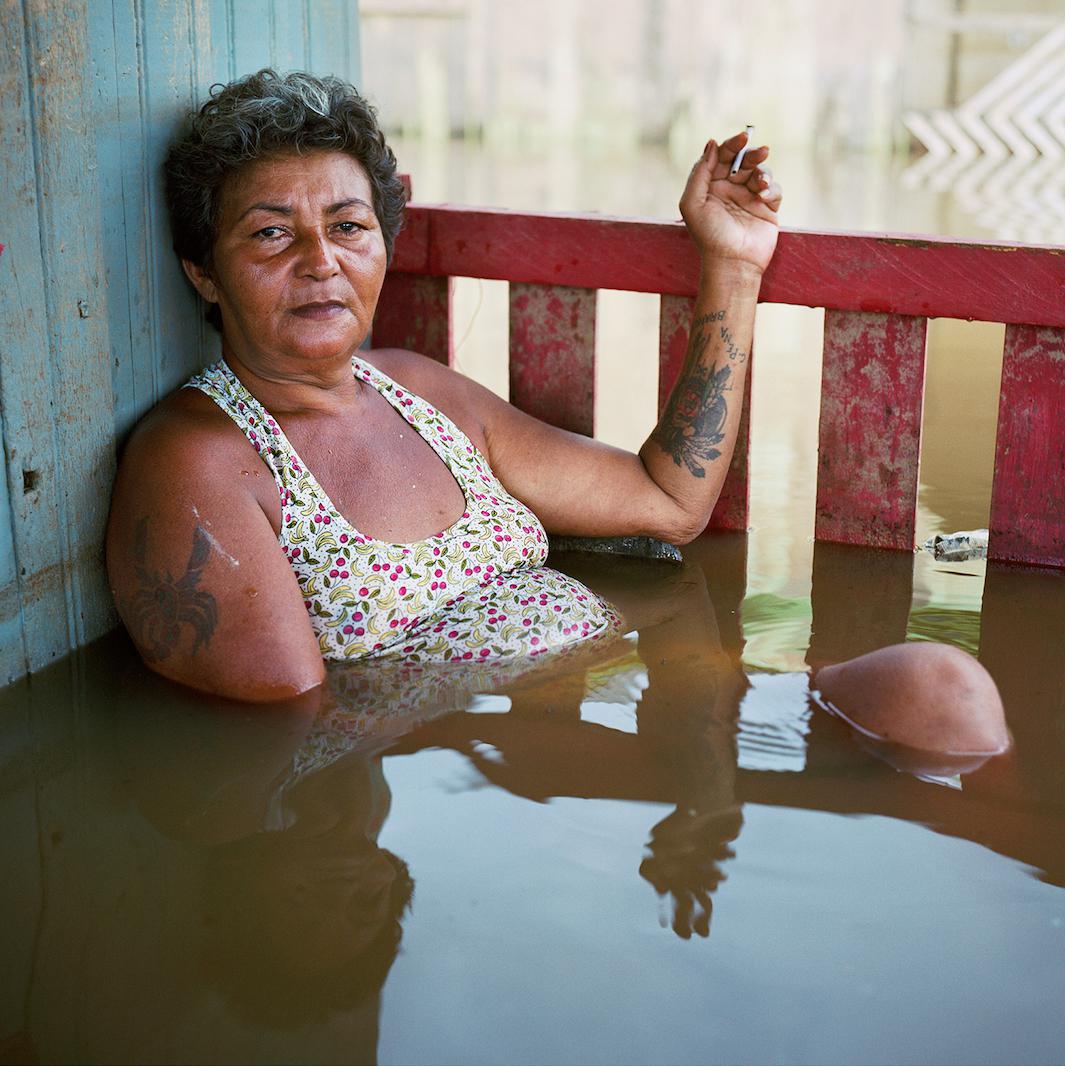
Courtesy of Gideon Mendel
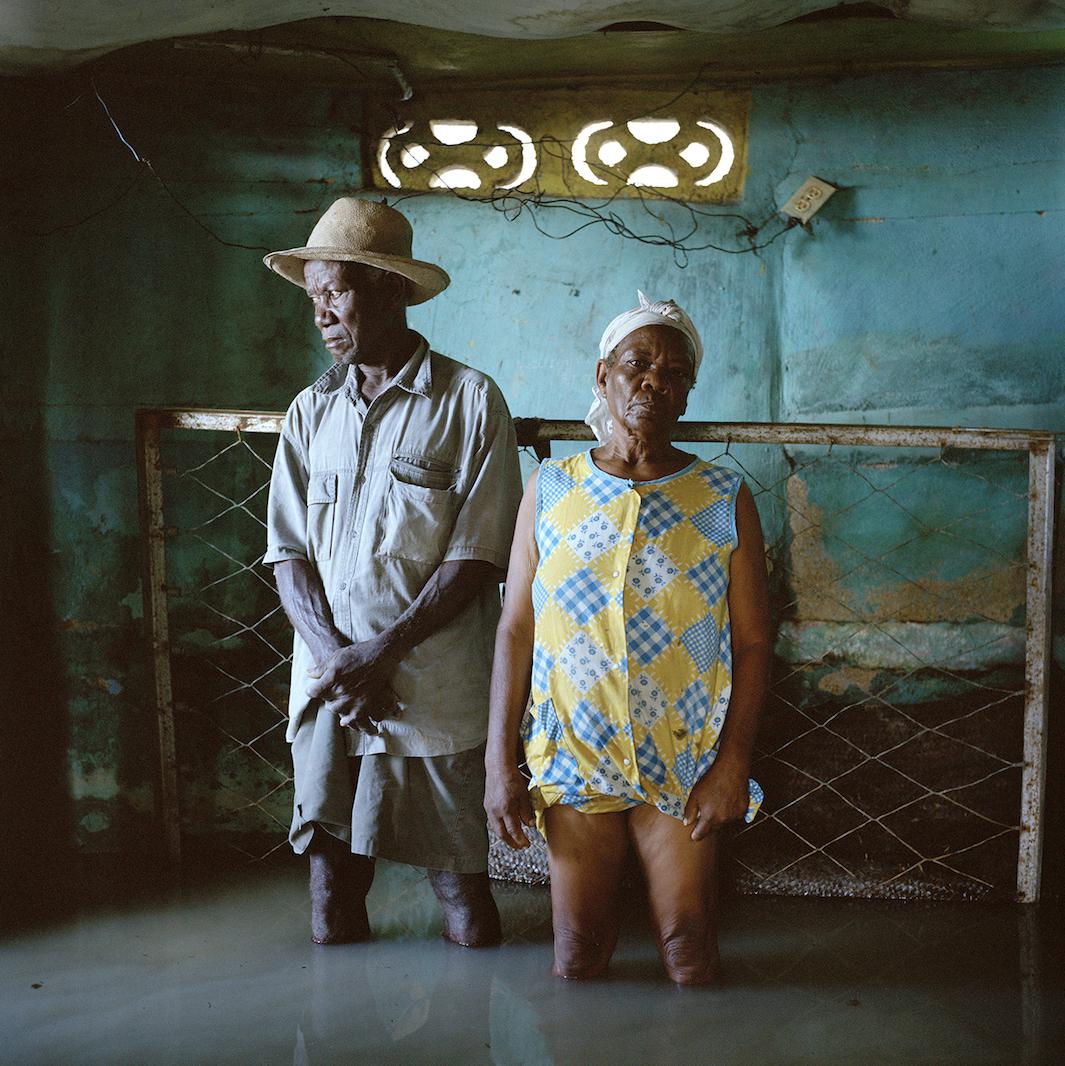
Courtesy of Gideon Mendel
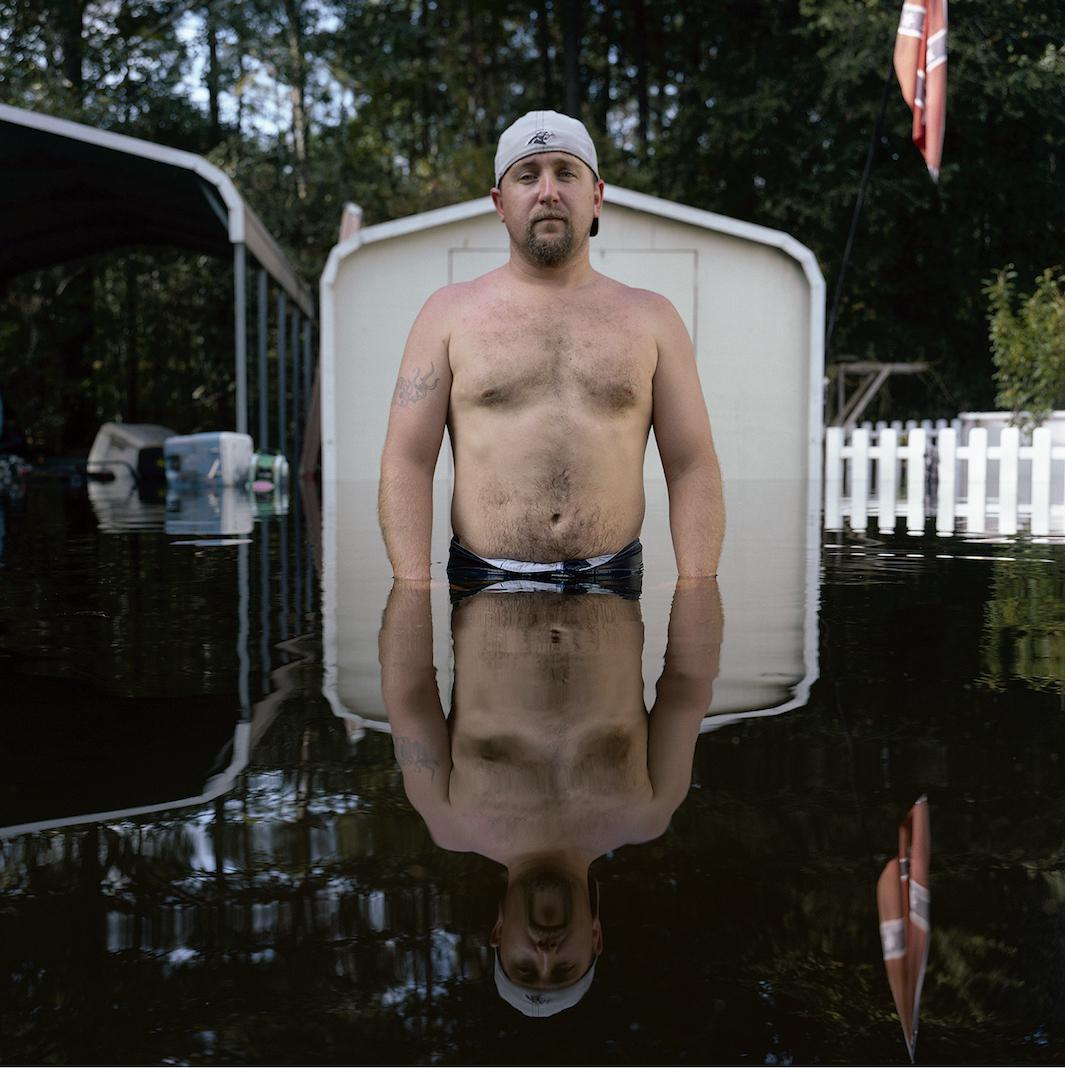
Courtesy of Gideon Mendel
In the years since, Mendel has photographed floods in Haiti, Pakistan, Australia, Thailand, Nigeria, Germany, the Philippines, Brazil, and the United States. His travels are arranged hastily once the flooding starts, and when he arrives, he must improvise to find accommodations, a fixer, and often a translator.
“I’ve got no control over where floods happens and my ability to respond to them. It’s logistically a very hectic undertaking,” he said.
Generally, Mendel said, he finds his subjects as they’re returning to their homes to survey the damage or in the area nearby. If the water is shallow enough to stand in, Mendel submerges into the water with them to make photos. They look directly into the lens of his Rolleiflex, their gazes containing a complex mix of emotions that challenge viewers to imagine themselves in their places.
“When the water’s high inside your house, there’s often not much you can do. It’s a suspended moment for people. They don’t know what to do with themselves. They don’t know where to be,” he said.
The scenes are as haunting as they are beautiful, a beguiling combination that has kept Mendel returning to flood zones for nearly a decade. Over the years, he’s expanded the work into a wider project, “Drowning World,” comprising two more photo series, “Floodlines” and “Watermarks,” and a video component, “The Water Chapters.” His work is now on display in an exhibition, “Gideon Mendel: Drowning World,” at the Eli and Edythe Broad Art Museum at Michigan State University until Oct. 16.
“I don’t feel finished at all. There’s quite a lot that still needs to be done and said. Every time I do another trip it seems to add to the complexity and the narrative,” he said.
You can follow Mendel on Instagram and Twitter. You can also vote for him for the Greenpeace Photo Award.
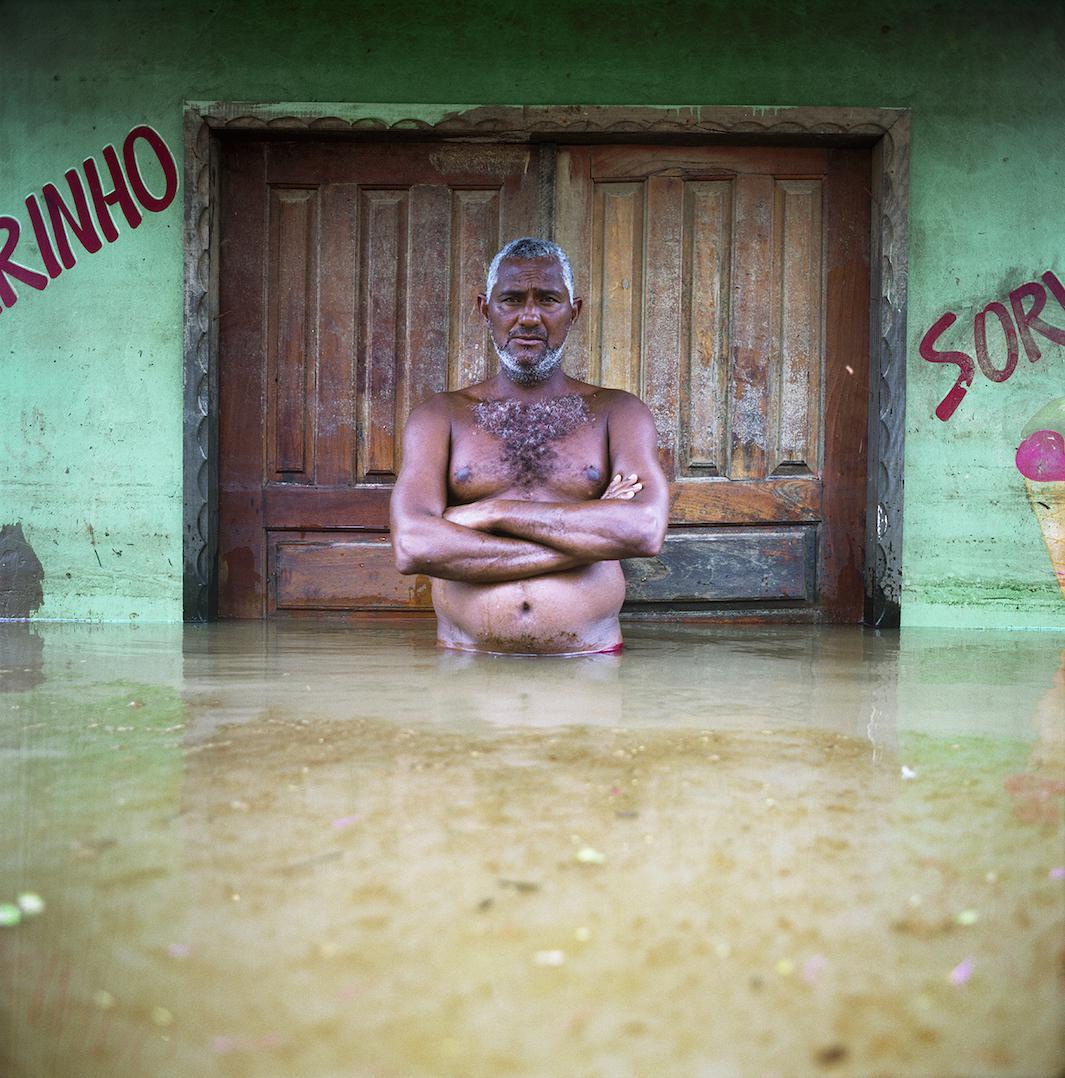
Courtesy of Gideon Mendel

Courtesy of Gideon Mendel
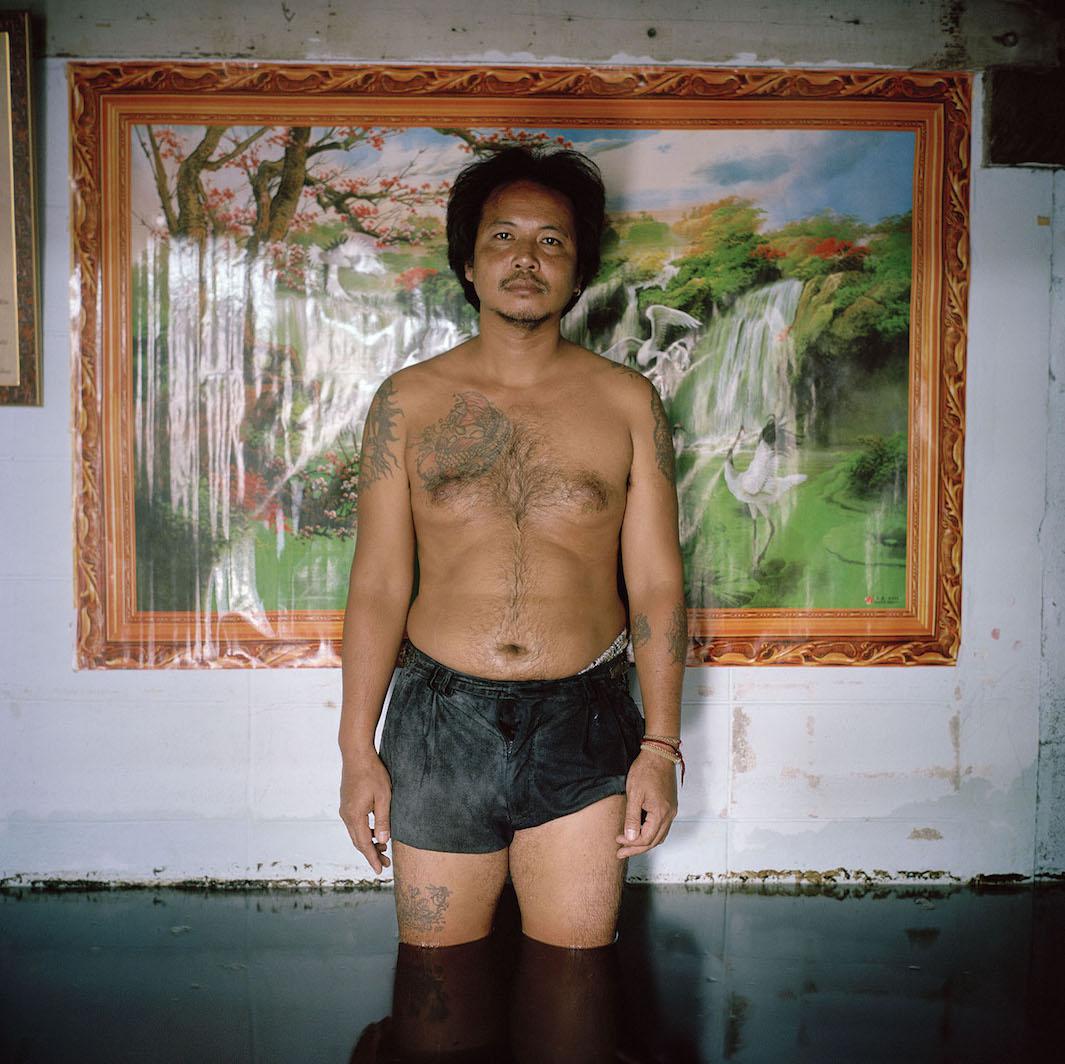
Courtesy of Gideon Mendel

Courtesy of Gideon Mendel
